今天還是說一下線程池的兩個(gè)思考。
池子
我們常用的線程池,
CompletableFuture.supplyAsync(()- >{ return "hello word";});
- 還有Tomcat中的線程池
org.apache.tomcat.util.threads.TaskQueue
org.apache.tomcat.util.threads.ThreadPoolExecutor
線程池維護(hù)多個(gè)線程,等待監(jiān)督管理者分配可并發(fā)執(zhí)行的任務(wù)。這種做法,一方面避免了處理任務(wù)時(shí)創(chuàng)建銷毀線程開銷的代價(jià),另一方面避免了線程數(shù)量膨脹導(dǎo)致的過分調(diào)度問題,保證了對(duì)內(nèi)核的充分利用。
JDK 線程池
public ThreadPoolExecutor(
int corePoolSize, //核心線程數(shù)
int maximumPoolSize,//最大線程數(shù)
long keepAliveTime, //大于核心線程數(shù)量的線程存活時(shí)間,如果沒有新任務(wù)就會(huì)關(guān)閉
TimeUnit unit, // 時(shí)間單位
BlockingQueue< Runnable > workQueue, //線程等待隊(duì)列
ThreadFactory threadFactory,//創(chuàng)建線程的工廠
RejectedExecutionHandler handler//拒絕策略
) {
JDK線程池執(zhí)行任務(wù):
- 提交任務(wù)給線程池后,線程池會(huì)檢查線程池中正在運(yùn)行的線程數(shù)量,如果線程數(shù)量小于核心線程,則創(chuàng)建一個(gè)新的線程來處理任務(wù)。
- 如果線程池中線程數(shù)量達(dá)到和corePoolSize的大小,則將線程放入等待隊(duì)列BlockingQueue中。
- 如果提交任務(wù)時(shí)連等待隊(duì)列都已經(jīng)滿了的話,線程池會(huì)繼續(xù)創(chuàng)建新的線程來處理任務(wù),直到線程池?cái)?shù)量達(dá)到maximumPoolSize。
- 如果線程數(shù)量達(dá)到了最大容量,則會(huì)執(zhí)行拒絕策略。
這里需要注意直接使用LinkedBlockingQueue阻塞隊(duì)列作為線程池會(huì)存在一個(gè)問題,當(dāng)workcount > corePool時(shí)優(yōu)先進(jìn)入隊(duì)列排隊(duì), 當(dāng)請(qǐng)求并發(fā)過多時(shí)會(huì)導(dǎo)致請(qǐng)求緩慢,隊(duì)列太長可能會(huì)出現(xiàn)內(nèi)存溢出(先排隊(duì)再漲線程池)
Tomcat線程池
下面時(shí)Tomcat線程池的構(gòu)造方法
public ThreadPoolExecutor(int corePoolSize, int maximumPoolSize, long keepAliveTime, TimeUnit unit, BlockingQueue< Runnable > workQueue, ThreadFactory threadFactory, RejectedExecutionHandler handler) {
this.ctl = new AtomicInteger(ctlOf(-536870912, 0));
this.mainLock = new ReentrantLock();
this.workers = new HashSet();
this.termination = this.mainLock.newCondition();
this.submittedCount = new AtomicInteger(0);
this.lastContextStoppedTime = new AtomicLong(0L);
this.lastTimeThreadKilledItself = new AtomicLong(0L);
this.threadRenewalDelay = 1000L;
if (corePoolSize >= 0 && maximumPoolSize > 0 && maximumPoolSize >= corePoolSize && keepAliveTime >= 0L) {
if (workQueue != null && threadFactory != null && handler != null) {
this.corePoolSize = corePoolSize;
this.maximumPoolSize = maximumPoolSize;
this.workQueue = workQueue;
this.keepAliveTime = unit.toNanos(keepAliveTime);
this.threadFactory = threadFactory;
this.handler = handler;
this.prestartAllCoreThreads();
} else {
throw new NullPointerException();
}
} else {
throw new IllegalArgumentException();
}
}
Tomcat主要針對(duì)web接口請(qǐng)求,不能因?yàn)長inkedBlockingQueue的排隊(duì)導(dǎo)致接口出現(xiàn)大量延遲和緩慢, 從而使用了tomcat的TaskQueue,TaskQueue繼承了JDK的LinkedBlockingQueue 并擴(kuò)展了JDK線程池的功能。
主要有一下幾點(diǎn)優(yōu)化:
- Tomcat的ThreadPoolExecutor使用的TaskQueue,是無界的LinkedBlockingQueue,但是通過taskQueue的offer方法覆蓋了LinkedBlockingQueue的offer方法,修改了線程池增長規(guī)則,使得線程池能在任務(wù)較多的情況下增長線程池?cái)?shù)量。(先漲線程池再排隊(duì)。)
- Tomcat的ThreadPoolExecutor改寫了execute方法,當(dāng)任務(wù)被reject時(shí),捕獲異常,會(huì)強(qiáng)制入隊(duì)
public void execute(Runnable command, long timeout, TimeUnit unit) {
this.submittedCount.incrementAndGet();
try {
this.executeInternal(command);
} catch (RejectedExecutionException var9) {
if (!(this.getQueue() instanceof TaskQueue)) {
this.submittedCount.decrementAndGet();
throw var9;
}
TaskQueue queue = (TaskQueue)this.getQueue();
try {
if (!queue.force(command, timeout, unit)) {
this.submittedCount.decrementAndGet();
throw new RejectedExecutionException(sm.getString("threadPoolExecutor.queueFull"));
}
} catch (InterruptedException var8) {
this.submittedCount.decrementAndGet();
throw new RejectedExecutionException(var8);
}
}
}
那個(gè)線程池適合
我們看看AI如何回復(fù)
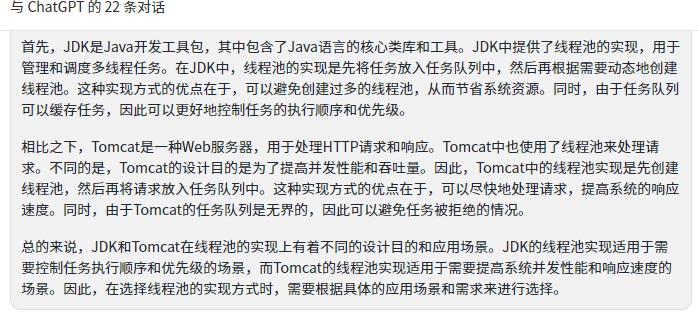
了不起認(rèn)為大多數(shù)情況下使用JDK的線程池就夠用了,如果覺得線程數(shù)據(jù)處理不過來,需要多一點(diǎn)線程直接增加核心線程數(shù)量設(shè)置就可以了。針對(duì)資源比較緊張,對(duì)線程使用代價(jià)比較高時(shí)可以考慮。
tomcat對(duì)線程池做過優(yōu)化,也必然是有一定的考量,對(duì)于線程資源的使用頻率比較高的情況下可以使用。
-
內(nèi)核
+關(guān)注
關(guān)注
3文章
1363瀏覽量
40228 -
接口
+關(guān)注
關(guān)注
33文章
8496瀏覽量
150834 -
線程池
+關(guān)注
關(guān)注
0文章
57瀏覽量
6834 -
JDK
+關(guān)注
關(guān)注
0文章
81瀏覽量
16576 -
tomcat
+關(guān)注
關(guān)注
0文章
27瀏覽量
4845
發(fā)布評(píng)論請(qǐng)先 登錄
相關(guān)推薦
Java中的線程池包括哪些
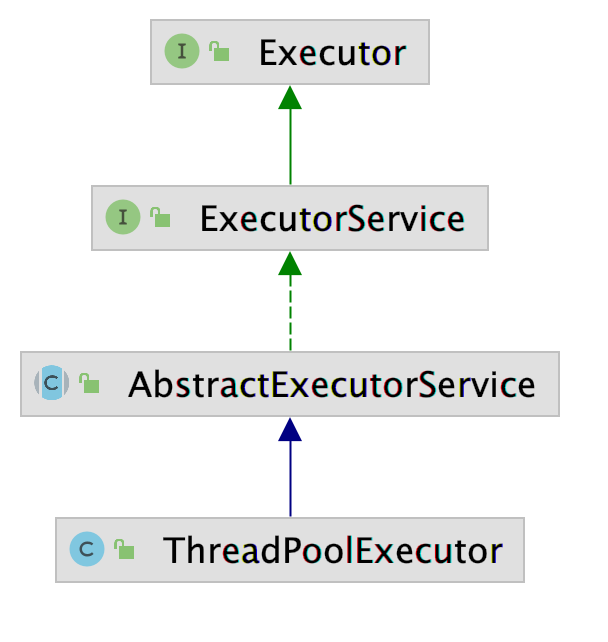
線程池創(chuàng)建的兩種方法
兩個(gè)線程和互斥鎖如何形成死循環(huán)?

兩個(gè)線程,兩個(gè)互斥鎖如何形成死鎖
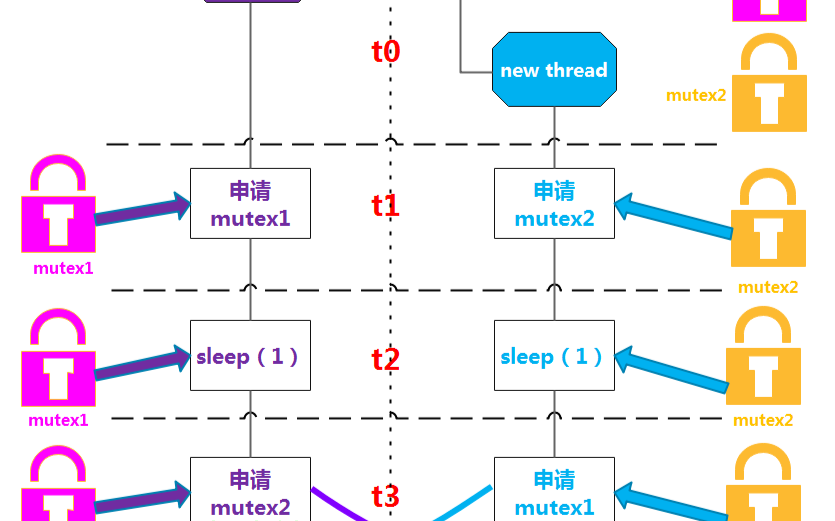
如何正確關(guān)閉線程池
在Python中用于終止線程的兩個(gè)選項(xiàng)
python創(chuàng)建線程池的兩種方法
如何用C++實(shí)現(xiàn)一個(gè)線程池呢?
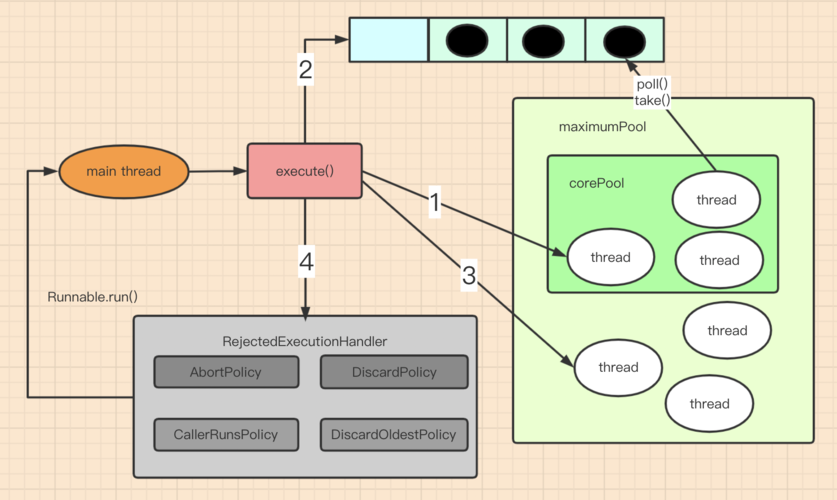
Spring 的線程池應(yīng)用
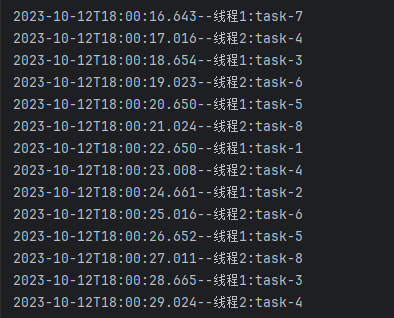




 線程池的兩個(gè)思考
線程池的兩個(gè)思考
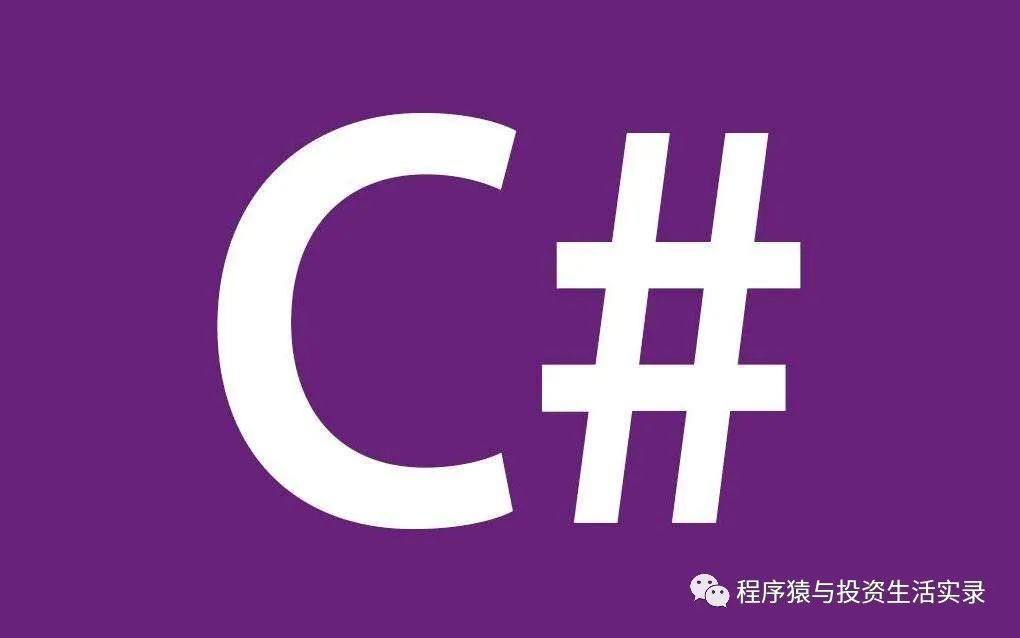

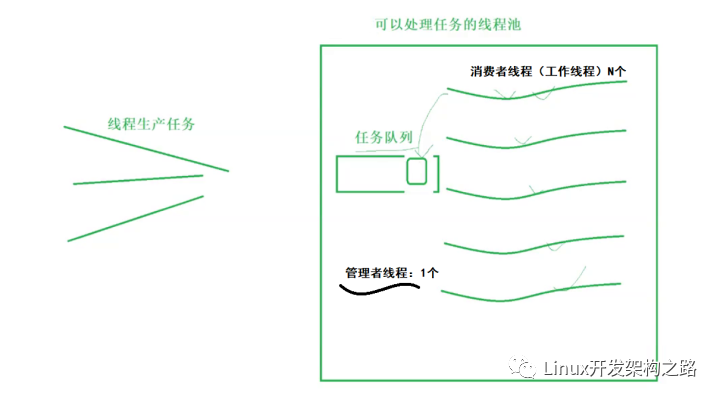










評(píng)論